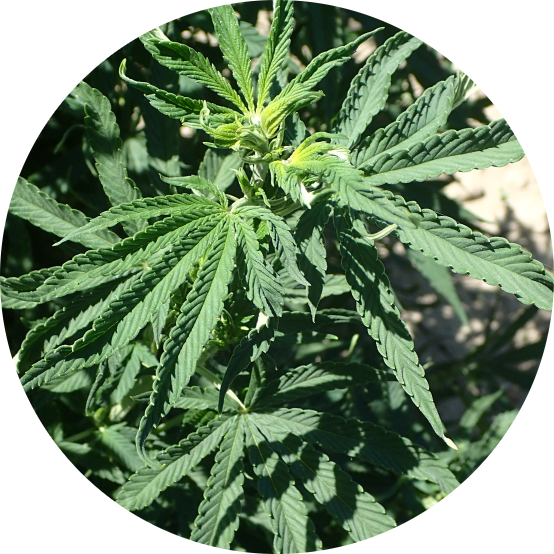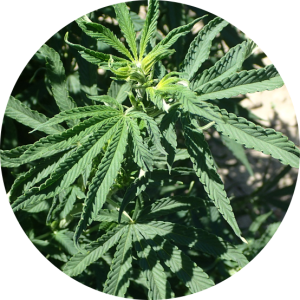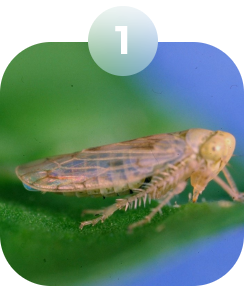Beet Curly Top Virus Cannabis

Hop Latent Viroid

Botrytis Fungus

Beet Curly Top Virus

Fusarium Fungus
01.
What is Cannabis Beet Curly Top Virus (BCTV)?



02.
BCTV symptoms: Fusarium Fungus Cannabis
Beet Curly Top Virus has a wide variety of symptoms in Cannabis plants. New growth may turn yellow in BCTV’s early stages, and can easily be mistaken for some micronutrient deficiency. In the disease’s middle stages, leaves exhibit mosaic mottled patterns. New leaves may also appear gnarled and twisted, or “curly,” hence this virus’ name.
- Yellowing and stunted growth of leaves
- Distorted and curled leaves
- Stunted plant growth
- Reduced yield and quality of buds
03.
How does BCTV spread?
BCTV currently has only one known vector: the beet leafhopper. These tiny (about 3.5mm long) bugs consume infected tissue from one plant before moving to feed on another, spreading the disease. While other pests may present a vector for BCTV, researchers haven’t identified them yet.


04.
Key for BCTV
spread management on cannabis


05.
Testing forBeet Curly Top Virus
Beet Curly Top Virus can lurk asymptomatically, spread quickly, and trigger significant economic loss to crops. Nurseries, breeders, and flower cultivators must for it proactively and periodically to prevent outbreaks. At MyFloraDNA, our best-in-class pathogen tests can help you mitigate damage from BCTV.





















